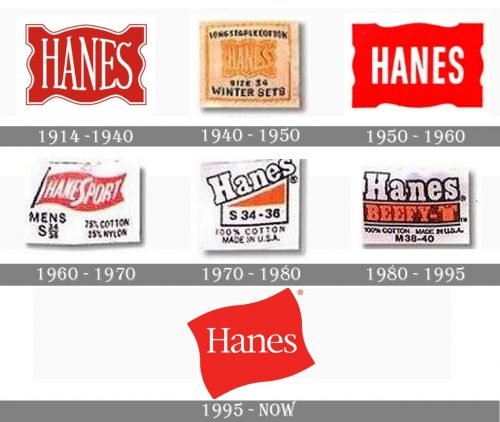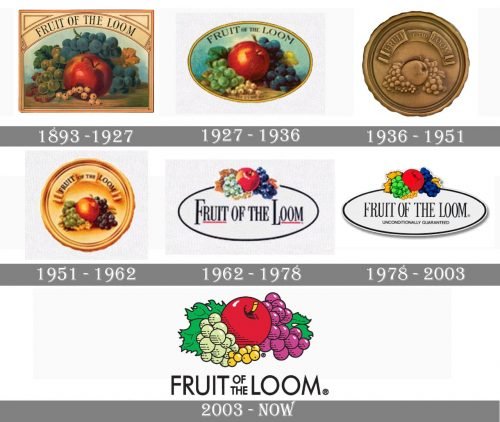Digital Imaging IV
Class 02: RebrandingTopics
- Brand Strategy
- Brand Design
- Design Process
- Creativity
- Rebranding
- Brand Deployment
- Adobe Dimension
- Rebrand and Package Design Lab
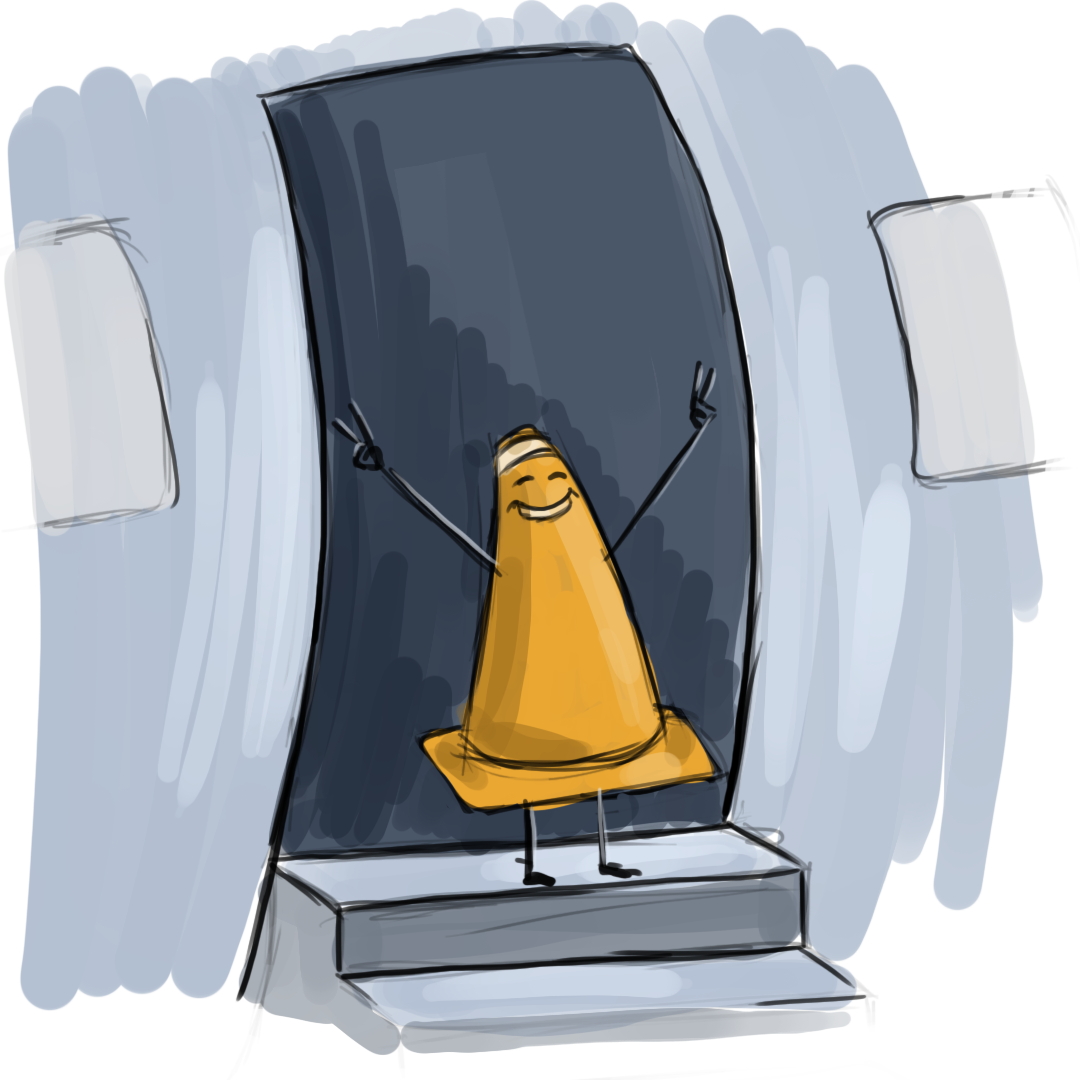
Brand Strategy
Brand Strategy
The Brand Strategy determines who the brand is targeting, how it will be done, and any other specific goals.
- Things that should be considered:
- Type of product/service
- Potential consumers (target audience)
- Competition
- Aspirations/goals
- Where it will be sold (mall, store, street, online, etc.)
Brand Values
What is the brand promise and USP that will separate it from its competition? Typically a brand will have a “stitch” they live by and advertise to the consumer. For example a company might be pro athlete, pets, environment, etc. and will sponsor/donate those areas.
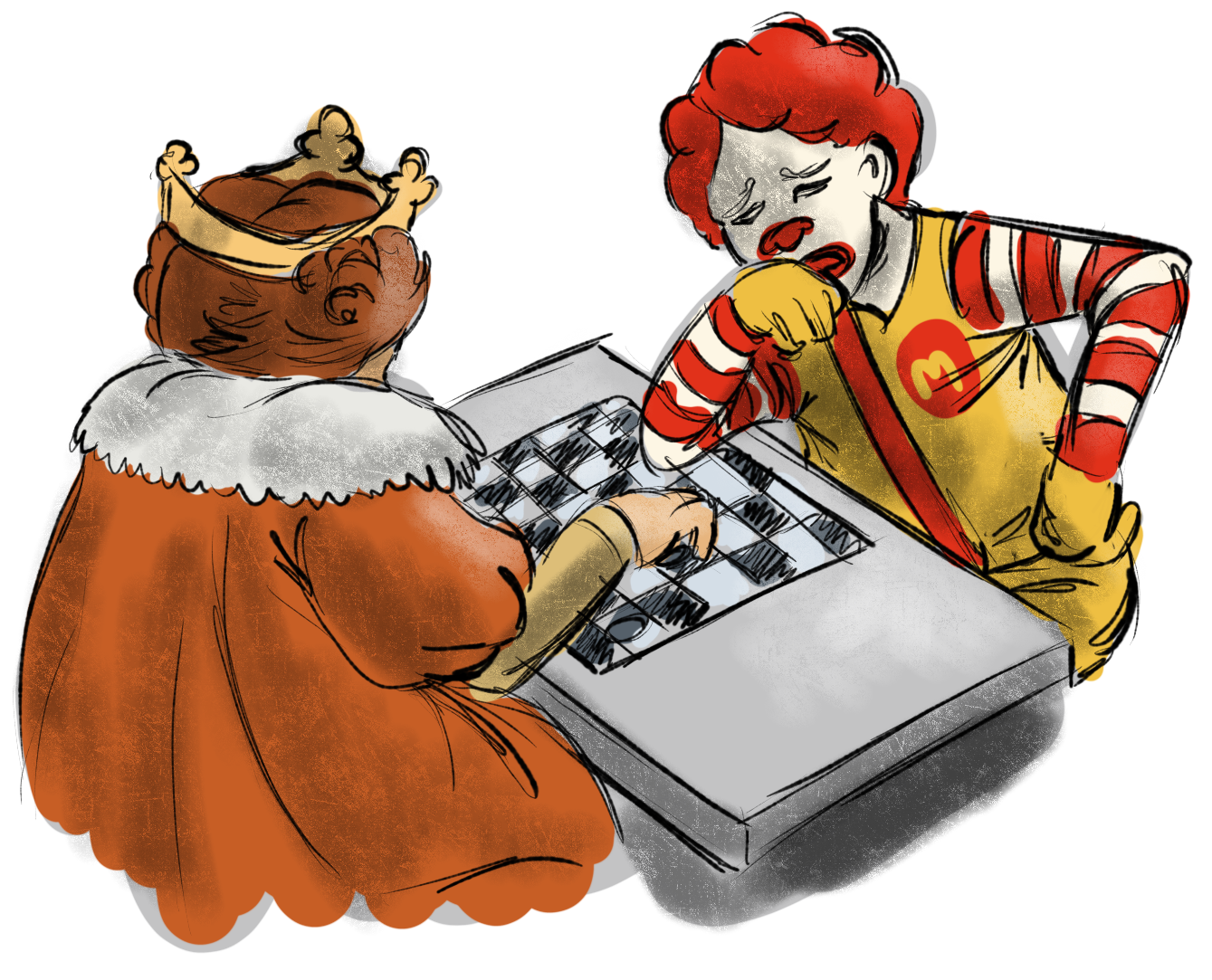
Target Audience
Who is your product/service for?
-
- Demographic Profile:
- A demographic profile may be developed through statistical data to give you factual information about your potential consumers. Typically age, gener, income, occupation, education, religion, and ethnicity are included. It gives you a broad unbias view.
-
- Consumer Profile:
- A consumer profile may be used to help the design team focus on the target audience. A photograph, age, occupation, interests, and other information on a typical consumer is outlined. It’s very similar to just making little bios of what your typical consumer
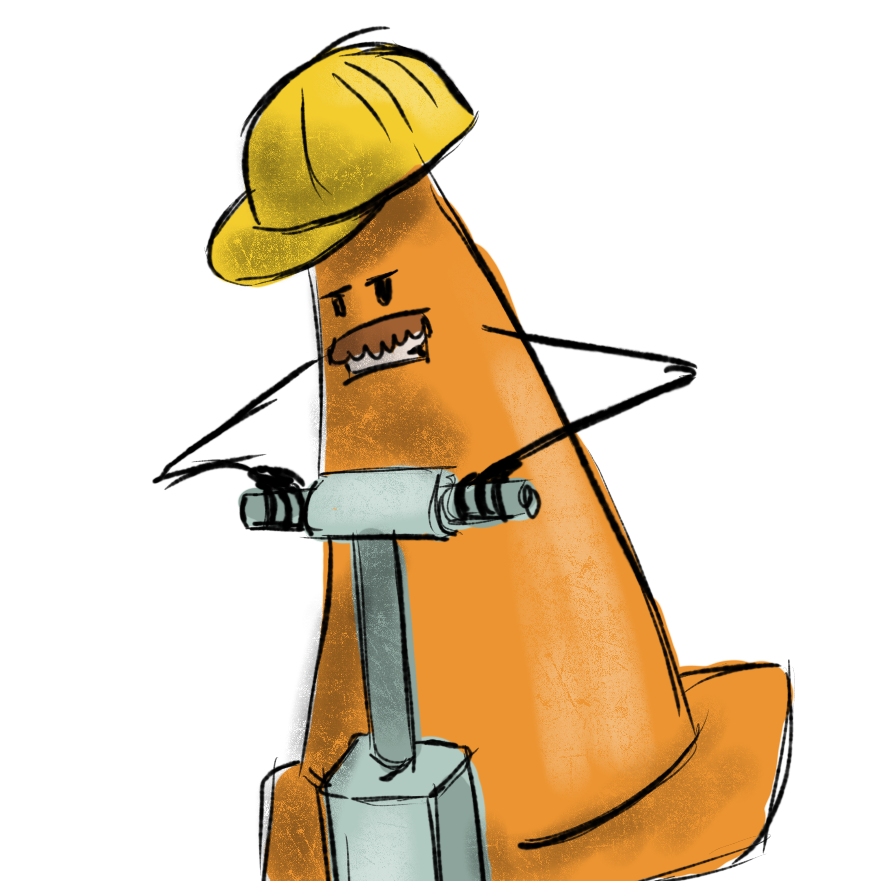
Joe Cone
Construction
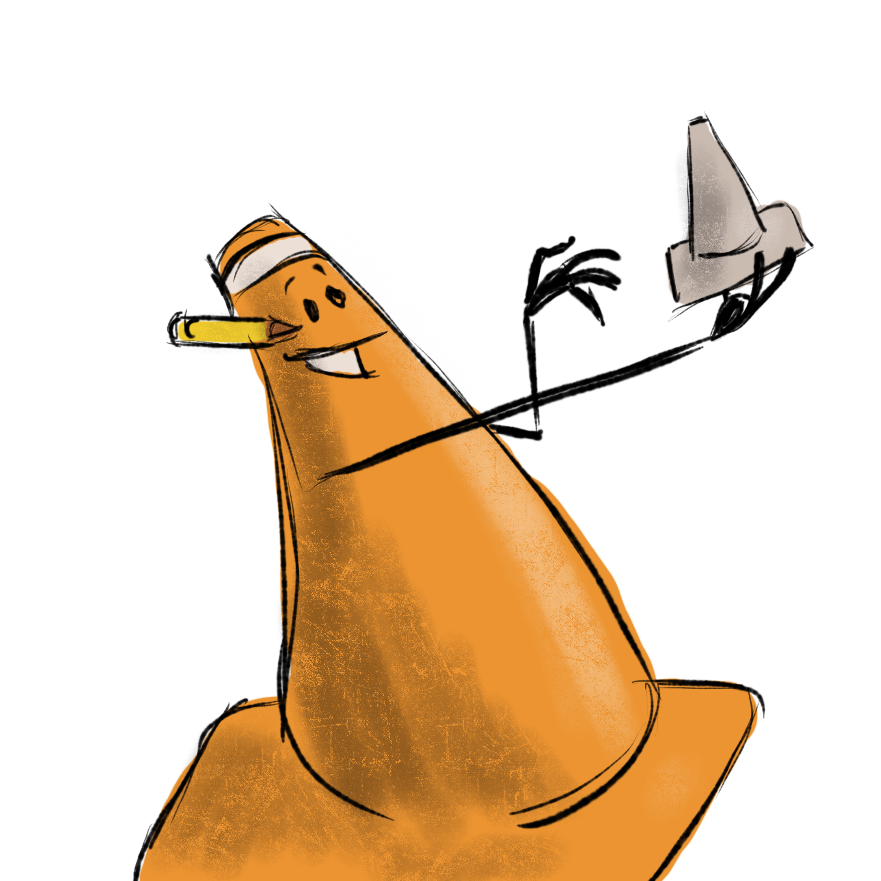
Jake Cone
Artist
Competition
You must look at other brands in the marketplace you are entering. Look at their target audience, pricing, design (logo, packaging, etc.), strengths & weaknesses, USP.
Positioning
Almost all brands will be entering an already flooded market. All brands attempt to stand out amongst the competition. You must find a way to corner the market. How are you different and how can you leverage that to surpass other brands?
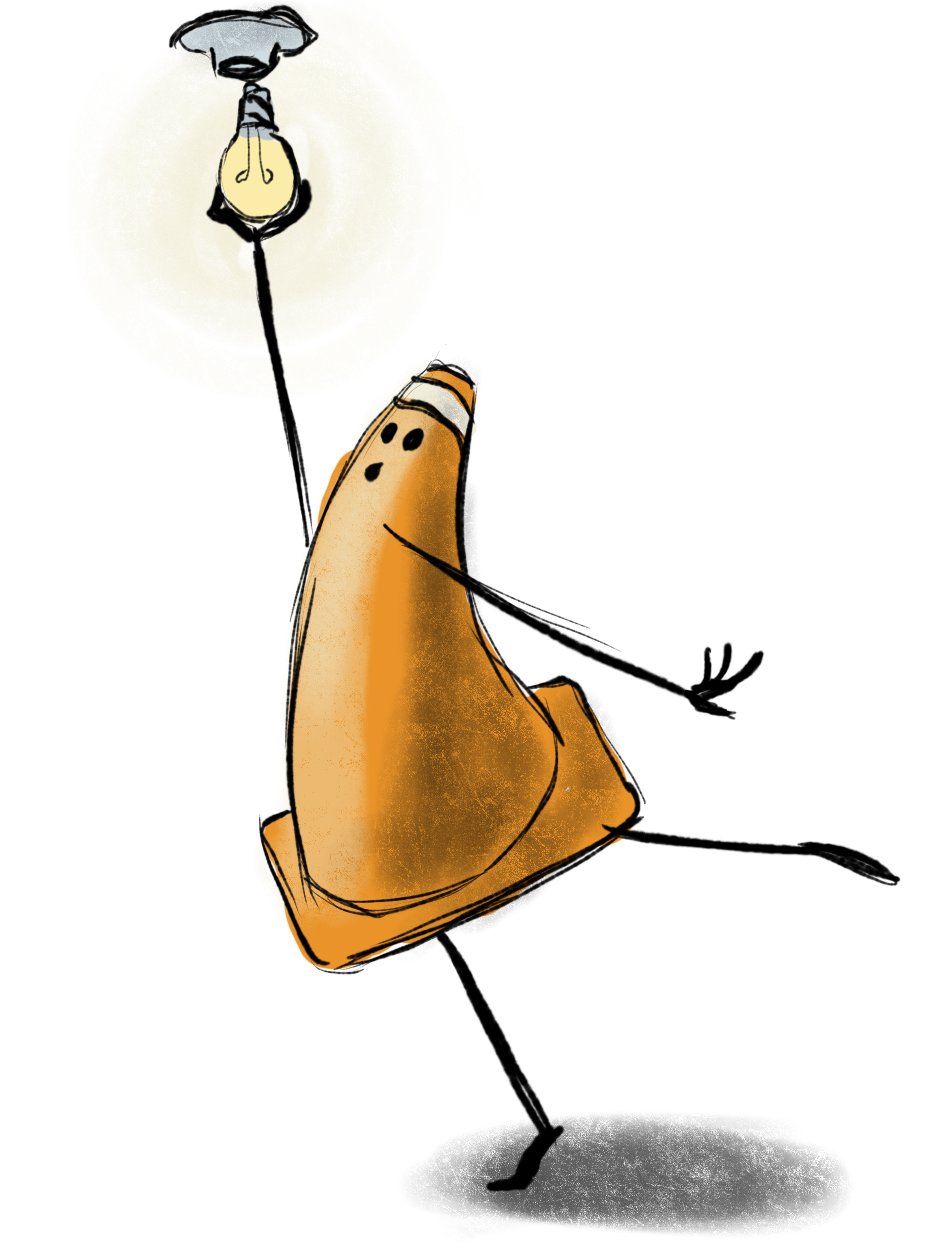
Brand Design
Brand Design
Naming is extremely important. Like other elements it must be unique, stand out, and accurately describe the brand values. Typically:
- Descriptive
- Literaly defines what the brand is (ex. GMC, General Motor Company. Land Rover, literaly means traveling over land)
- Acronyms
- Use the first letters of each word (ex. BMW, Bayerische Motoren Werke Aktiengesellschaft)
- Fun, wordplay, onomatopoeia, foreign language
- You can play with different languages or words (ex. KIA, KI means “to rise from” and A is for “Asia”
- Noun, Person, place or thing
- Using a location or person’s name feels grounded (Ford, named after the founder Henry Ford).
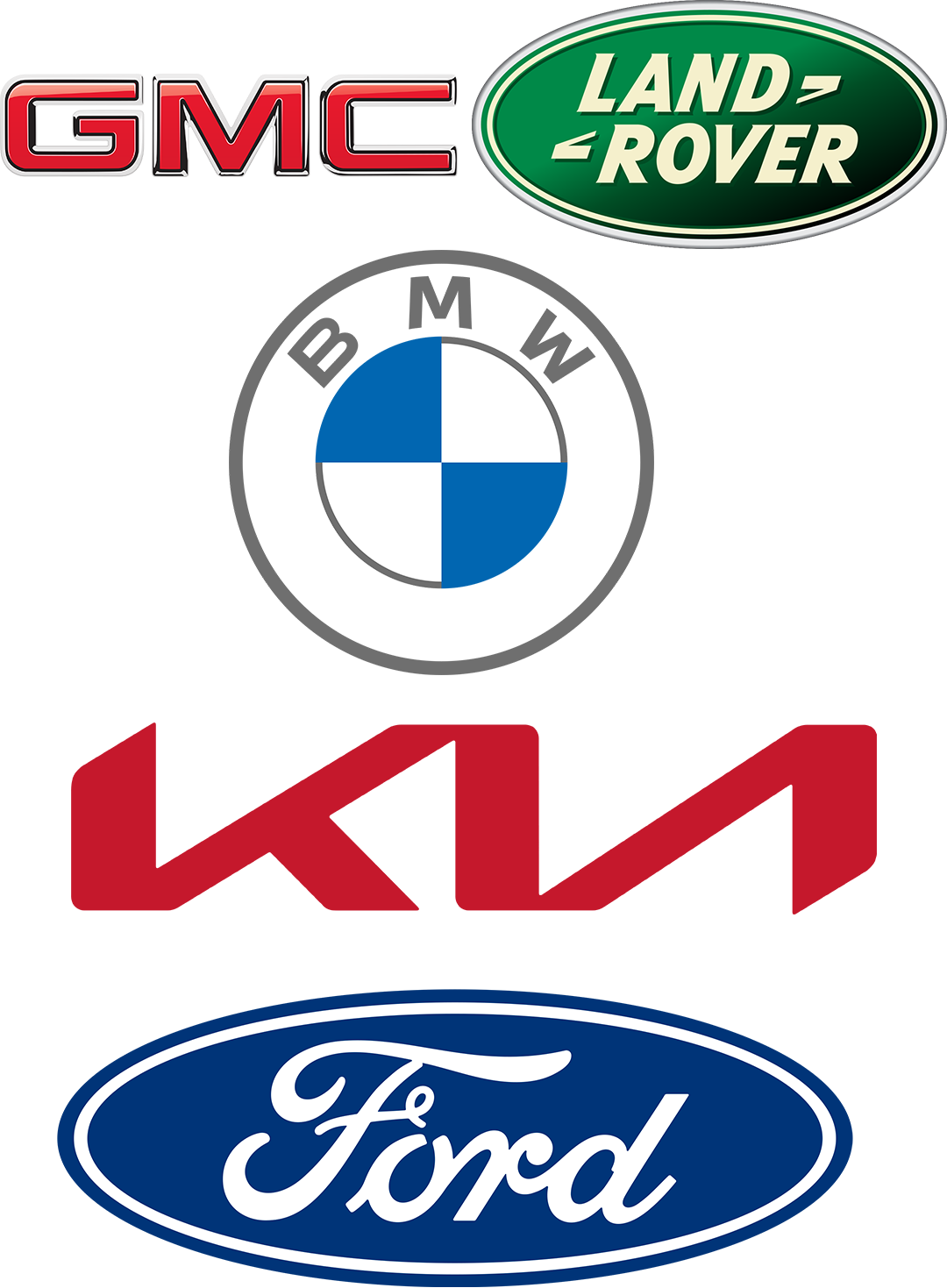
Visual Hierarchy
People will read color, then shapes, then text.
- Color by far attracts viewers. This is difficult because everyone is screaming to draw attention. Certain colors emote certain meanings and some are commonly used in certain product segments. Road sign coloring is extremely important to draw drivers attention. Bilboard designers must be careful not to interfere with them or they may be taken down.
- Shapes (such as logos) are instantly recognizable for those looking for something specific. People are lazy viewers and read the outline of objects. Notice that road signage have different shapes to them. Also notice how the symbols are solid, simple, and clear (silhouettes).
- Text is viewed last. Be careful to not to overdo it. Road signs limit text and rely mostly on shape and color.
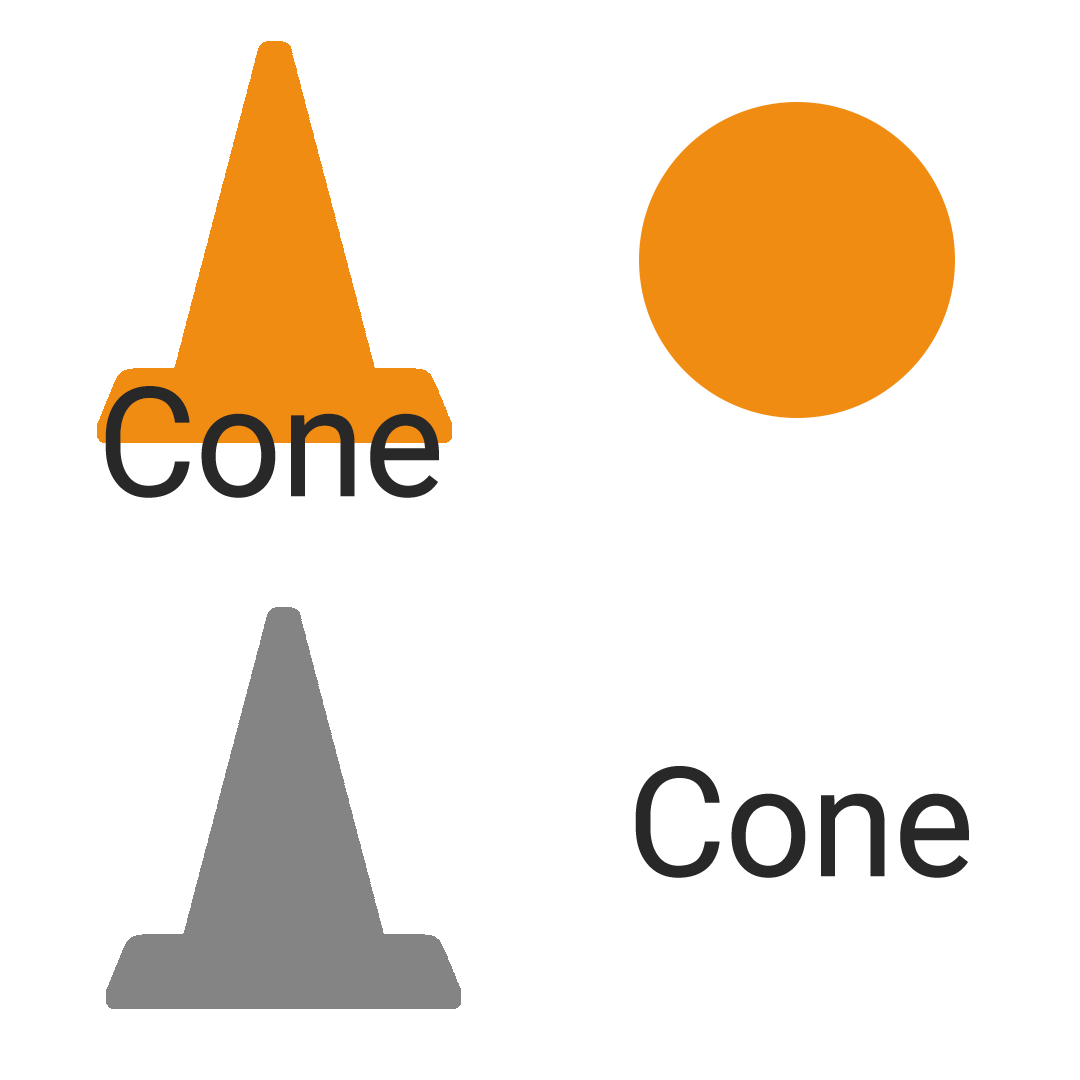
Design Considerations
Product quality categories
You can break products into three price ranges
- Budget/Value Brand
- Strong color statements (typically primary). Simple Designs. Bold text. Little to no illustrations. Simple packaging
- Mid-range Brand
- Plethora of color. Fanciful full illustrations or photography. Stylized type. Decent quality packaging
- Luxury/High-end
- Simple designs but more elegant. Clean typefaces that breath. Fewer colors, often muted. Clever quality packaging
Product Category
Products in similar markets share a similar design profile. A good way to determine what the visual language of the brand market is to look at the competition.
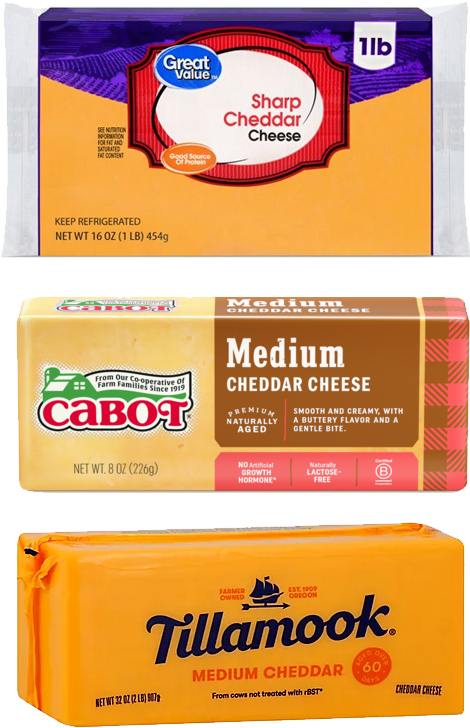
Design Process
Production
The design process in a creative industry such as marketing and graphic design is not always as linear as other productions however having something to guide you is important. This gives you a better idea of when you can deliver and for how much.
Applied artists make hamburgers. When art is created for arts sake money and livelihood is not a consideration. As an applied artist you are creating a product that is consumed. You get paid. Therefore you want to create the highest quality work in the timeliest manner. You want to make the best burgers everyone wants and make as many of them as possible. Consistency and Speed. The best way to achieve this is process.
The Client. A plan gives a client an idea of what they are paying for. It is also a great way to include them in the production. Be sure to have review points included in your design process
You want to make a lot of burgers AND you want them to be delicious.
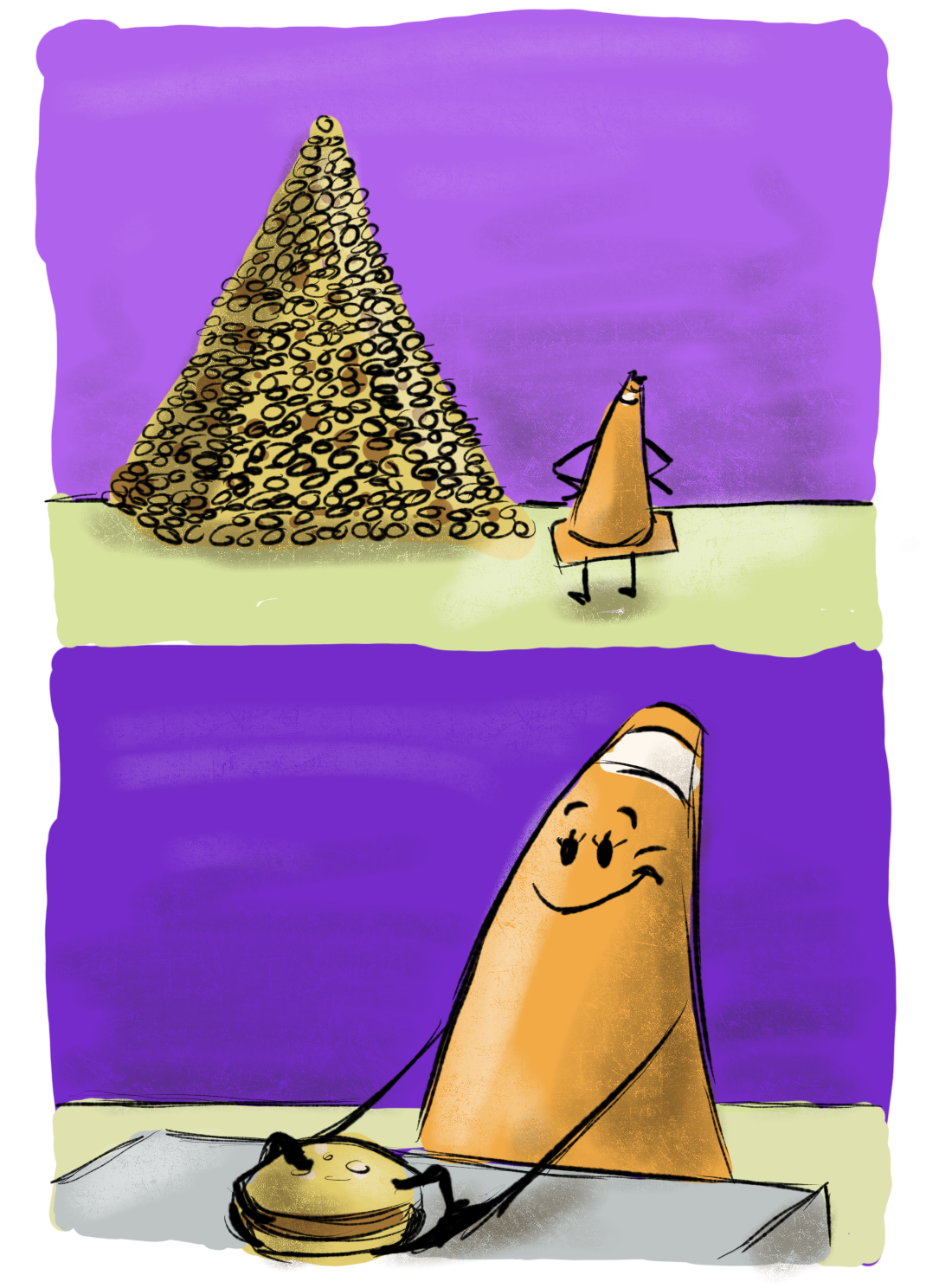
Typical Process
- Research & Analysis
- First you want to gain as much insight into the company/product/service as possible. What is their history? Mission? Values? Consumers? Etc.
- Complete Quantitative research by finding statistics about the industry and target audience.
- Complete Qualitative research by interviewing consumer subjective feelings about the brand
- Concepting
- First come ideas. This is an area that you may find your own methods. For each person it is different.
- You may want to make notes about ideas that you have or to help focus your designs.
- Sketch out as many thumbnail designs as possible. It is not about quality but instead quantity. You want to make a buffet of options. I would suggest drawing on paper or something paper like. It’s nice to get away from the computer and removes computer/software influence. It’s physical
- This may be a good time to have colleagues look at your work thus far and/or the client.
- Refinement
- Tie down. Select your favorite designs (2-4) or elements from design and organically polish them.
- Once you have a solid 3 designs you should have client review
- Using the feedback from the client you complete the selected design.
- Delivery
- Present the final design. Presentation boards may be created to show the design applied to packaging and other applications.
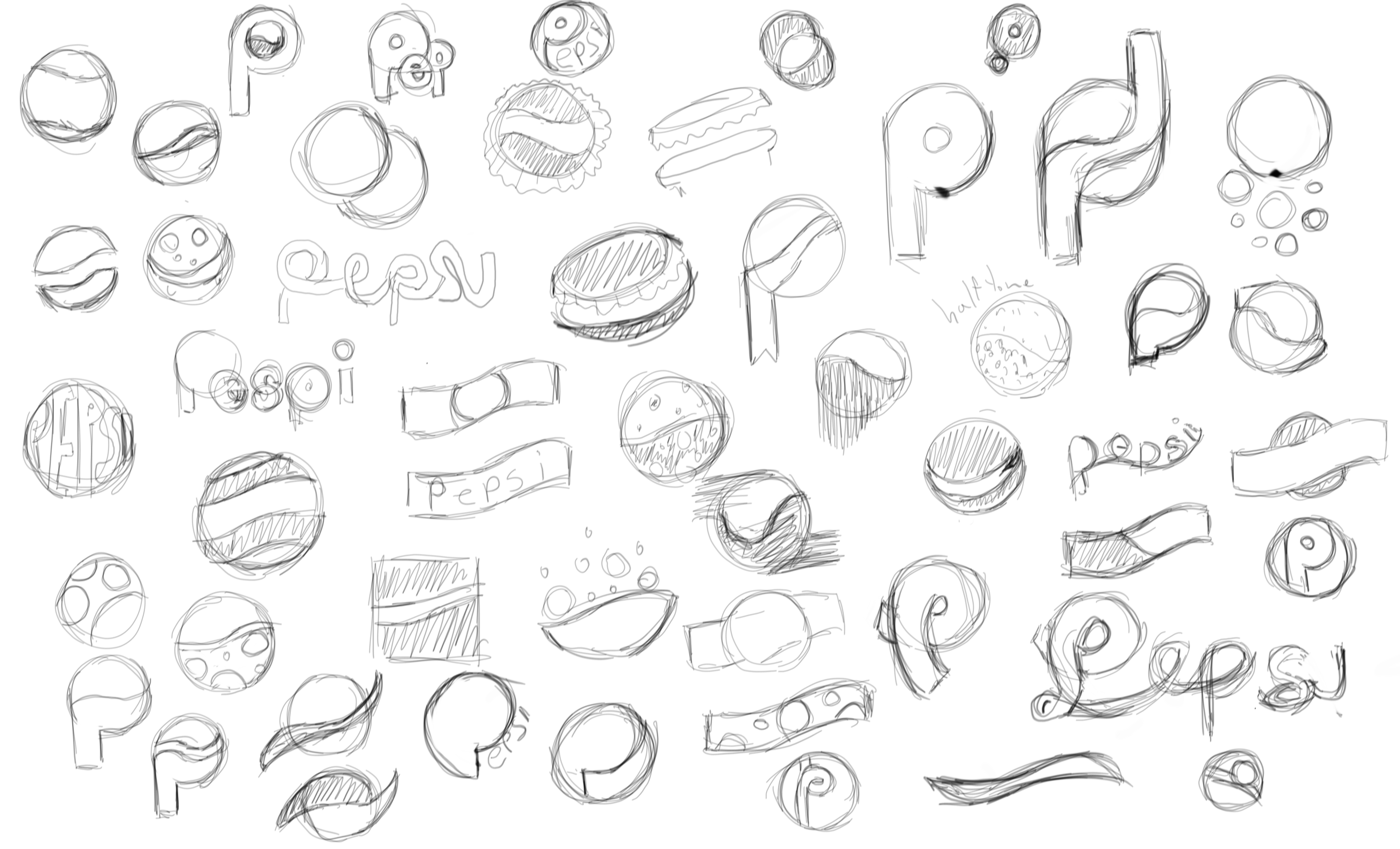
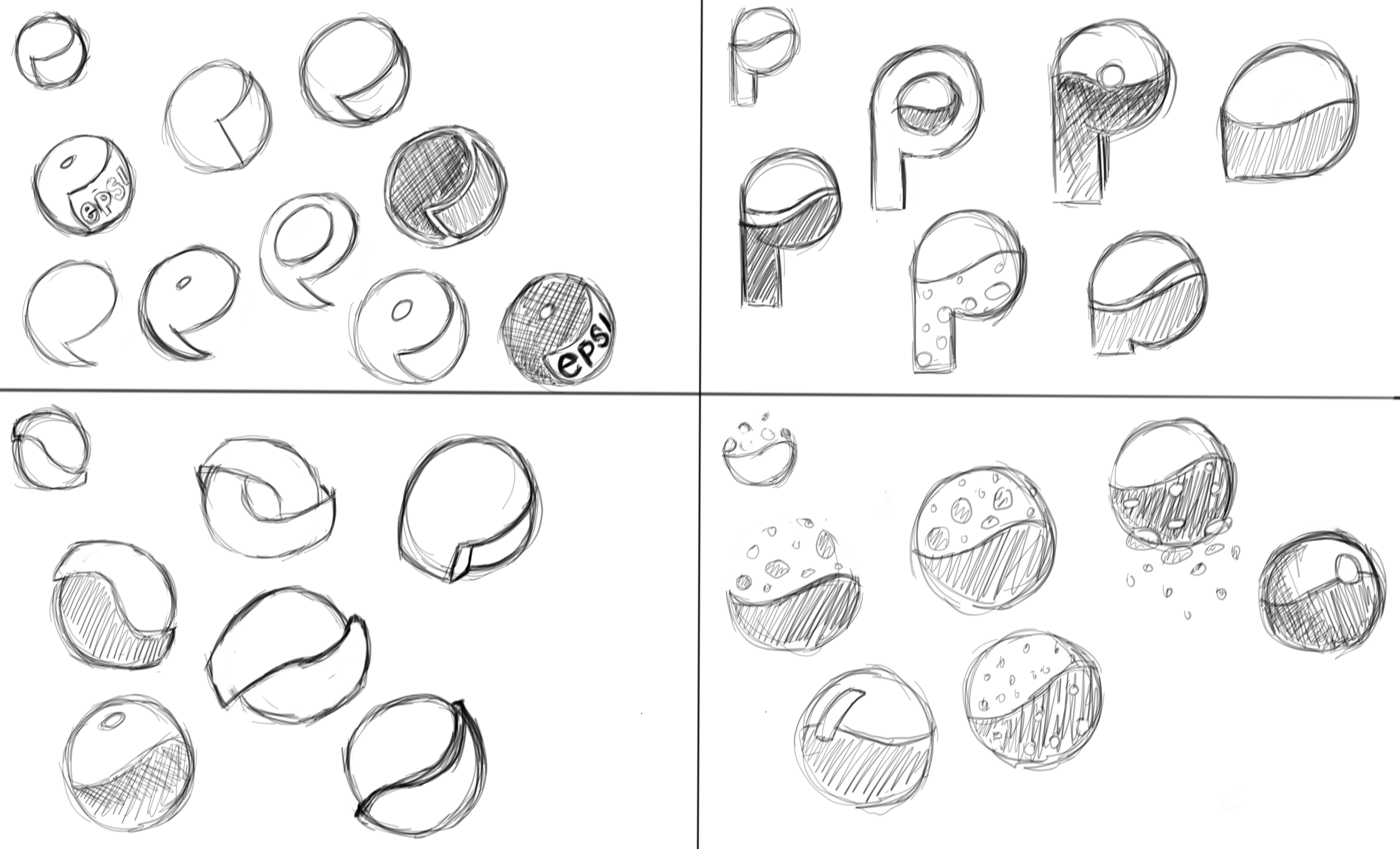
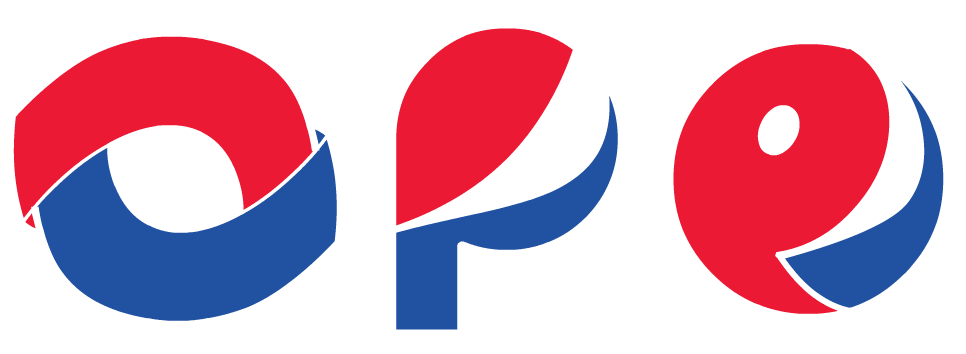
Creativity
Creativity
- True creativity cannot be taught, however there are some strategies. You need to find what works for you.
- Combine ideas. Creative Ideas are generated by combining elements. Like food. Using recipes, you combine elements to make a dish. Alike elements will blend together well but may be boring. By combining more disparate items you can end up with something really exciting but could be bad. Dreams are often exciting because when you dream you combine concepts with little regard to how they fit. You then have to make them fit and end up with crazy narratives (that don’t usually work).
- Adjust your angle. If you want to solve a problem “creatively” you should approach it different. Novelty is a commonly used synonym for creative, and is a fancy way of say new. You want something new. Try something new.
- Most designs are not as strong as they could be. It is better to push something too far and pull back if necessary. Don’t stay safe. Stretch it as far as you can get it to go. If given an assignment try to complete the task at hand technically while going as far as is allowable.
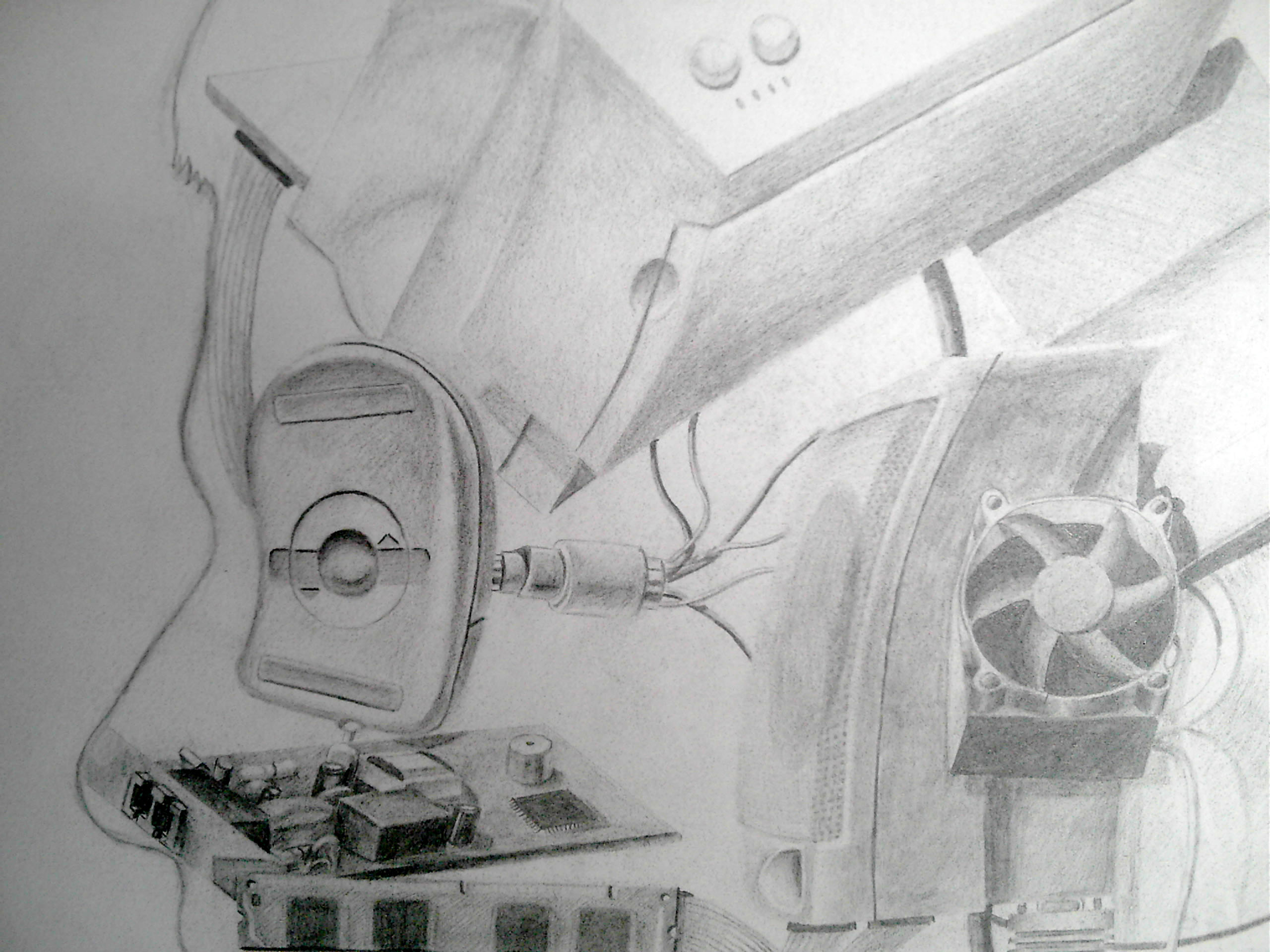
Rebranding
Rebranding
Even if a brand is “working” it is necessary to refresh the brand to keep it current, exciting, and to improve generally.
The history of the brand should be celebrated and utilized where possible if it is has a positive value.
When reviewing think how you could improve positioning. Maybe change brand market category(luxury, mid, value), enter a new marketplace (online, stores, door to door), adjust target consumer, etc.
Sometimes you only need to update one element of the brand (USP, Strapline, Logo).
Hanes is the most popular clothing brand. Almost everyone has something Hanes. Click the image above to see how their logo has transformed throughout the years.
Brand Deployment
Refinement & Polish
Once you and the client have honed in on a design you may need to create a couple more versions of it. Placing text and graphics in different locations. Producing versions appropriate for different sizes and packaging. Creating more extreme, more subtle, and inbetween versions. Like concept development this is about options (though fewer).
Presentation & Final Delivery
The final design should be something that is flexible and producable. For this reason you must create vector based graphics. Text should either also be a useable typeface (legally), vector, or a custom created type. Vectors will allow you to scale the design as well as use a variety of printing methods (paper, silk-screen, vinyl signage, etching, etc.).
When a final design is complete you will present it to the client. The brand should be presented on the products/services. This can be done in Photoshop to apply it to images of the objects (packages, buildings, signs, clothing, etc.) or other rendering software can be utilized if the applicable objects do not already exists, such as Dimension.
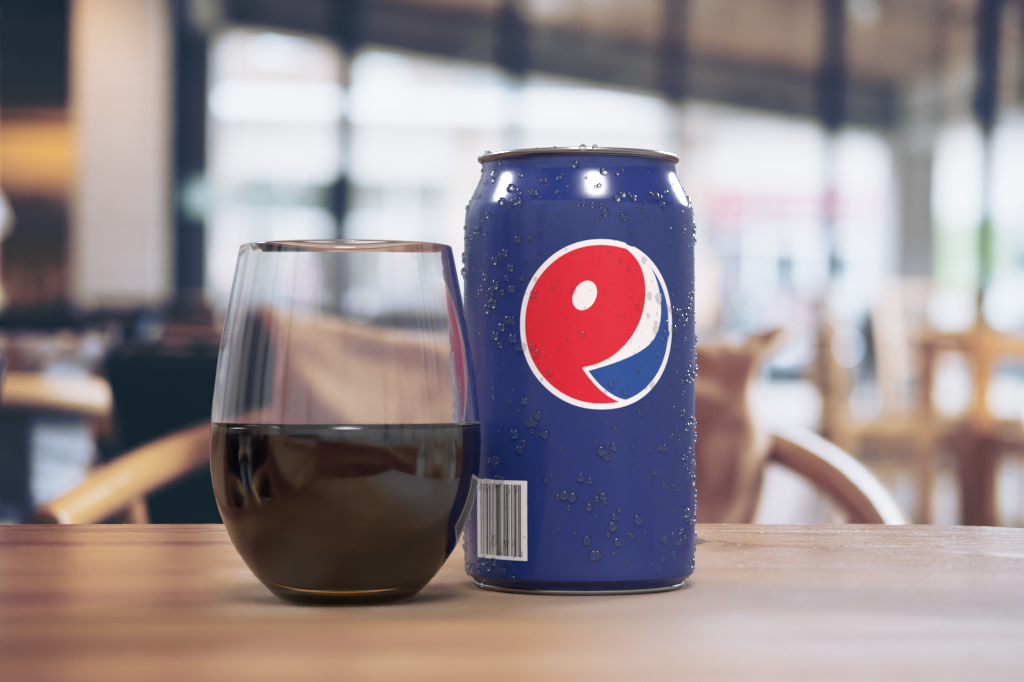
Adobe Dimension
Adobe Dimension
Adobe Dimension is a 3D layout and rendering software used to create rendered 3D images that you can quickly and easily apply produce. 3D models are not created in the software. Instead premade assets are provided while the user arranges the models, lights, and materials. You may also apply your images on the materials of the objects. The rendered quality is pretty decent.
Rebrand and Package Design Lab
Rebrand and Package Design
Using the company/product described in the last lab you will recreate its brand. The reason to rebrand is to reposition, refresh, or both. You must decide what angle you want to approach the rebranding. After this you should develop a new brand. This will include a new Logo, Strapline, and Rendered Package. You should first nail down a USP (unique selling proposition) and strapline. If possible get feedback from those around you to see what works best. Once you have the message honed in you should sketch a plethora of logo concepts. Like the USP and tagline you should work it down to one. Once you have your final design you should produce a clean logo. In Adobe Dimension you will apply your new logo onto a 3D model and render the results. In Adobe InDesign (or your preferred software) you will combine the elements you produced to create an image that would be presented to a client. Be sure to play with the layout to make the presentation as appealing as possible.
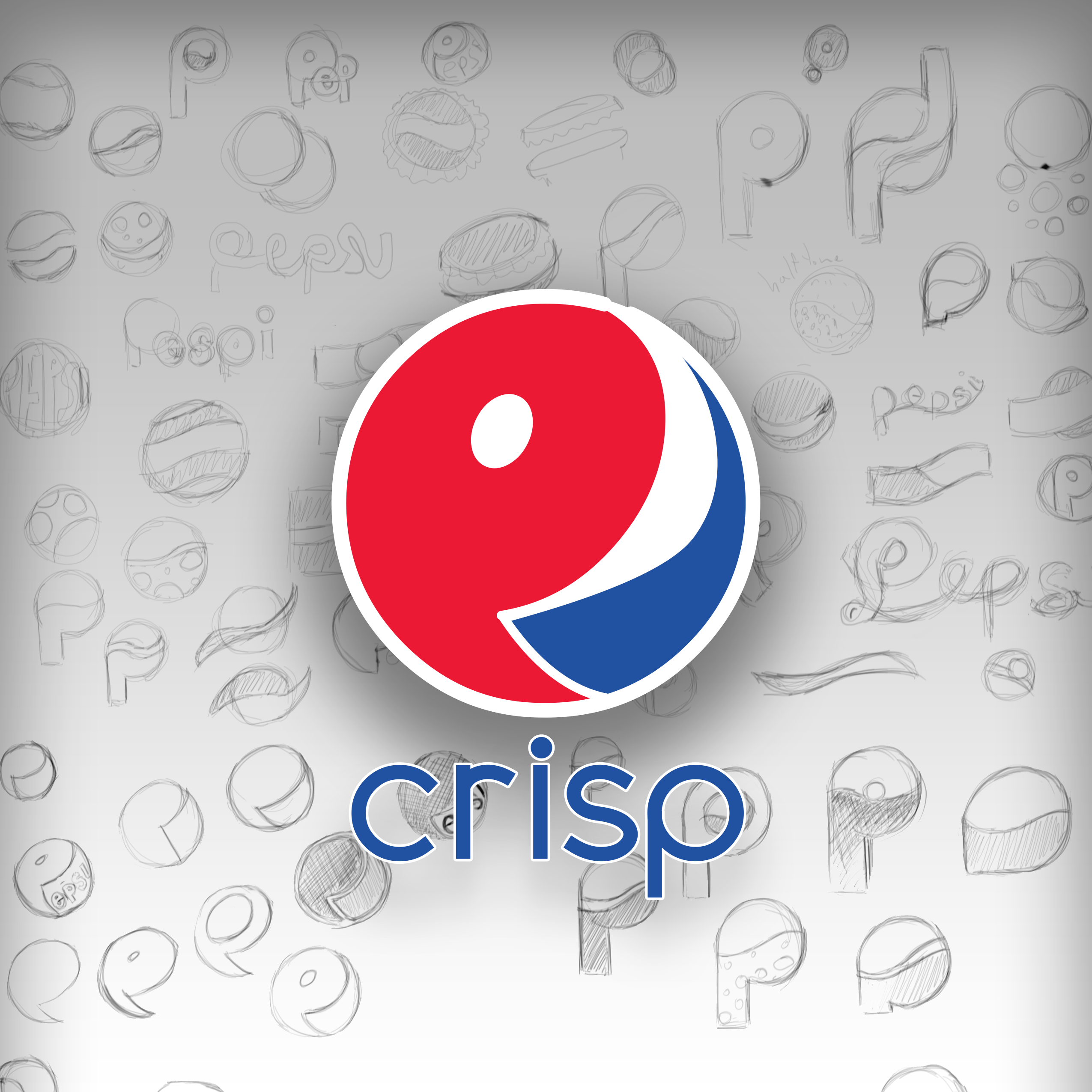
You will be graded on the following:
- Strapline
- An appealing catchy headline for your brand
- Logo
- A unique descriptive graphic that accurately represents the brand
- 3D Package Render
- Scene created, models placed, assets imported, materials produced, logo applied, and rendered
- Page Design
- The written text and graphics are presented in a creative appealing design
Resources:
- Assignment Video Tutorials
- You may watch the tutorial videos below to help you complete your assignment.

Assignment Video Tutorials
Here are the instructions for the first lab assignment. You can follow along with these lab materials
Wait! Before you go!
Did you remember to?
- Read through the lecture
- Submit Rebrand and Package Design Lab on Blackboard


